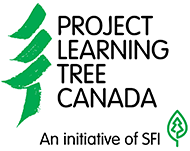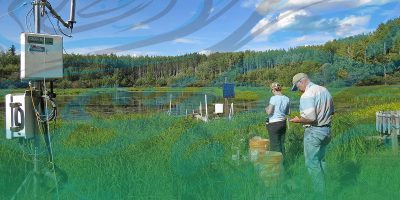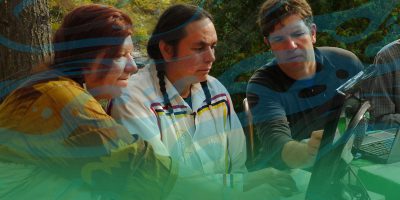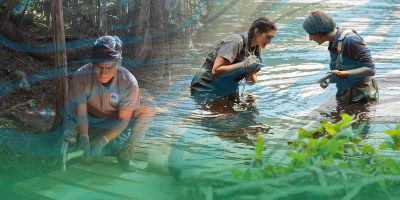Career Fact Sheets |
There are many paths and amazing destinations to discover in the forest and conservation sector. Which one of these careers will inspire you?
GIS Technician
A geographic information system (GIS) is a set of digital mapping tools that helps to organize, communicate, and understand the science of our world. GIS technicians use scientific research, spatial data, and expert opinions to help with plans and management strategies. They also analyze patterns and trends, map natural disasters, track wildlife, measure logging rates, and much more. Typical duties include preparing maps and reports and compiling a wide variety of data to help monitor the environment.
Hydrologist
Hydrologists understand how lakes, rivers, and watershed systems function. They analyze water levels and the rates, timing, and distribution of water flows. In forestry, they analyze how tree harvesting affects aquatic ecosystems, and they work with foresters and wildlife biologists on conservation efforts. Once they gather information in the forest, hydrologists head back to the lab where they analyze their data and report their findings.
Indigenous Relations Specialist
An Indigenous relations specialist usually starts their career by being deeply rooted in an Indigenous community. This background gives them in-depth knowledge of Indigenous culture, community issues, and governance. They work to create positive relationships between Indigenous and non-Indigenous people.
Machine Operator
Machine operators often specialize in working with mechanical or computer-operated equipment. They set up machines to start production, adjust settings, and feed in materials. Machine operators need to be detail-oriented and have good problem-solving skills. They are responsible for ensuring equipment is working properly.
Park Ranger
Park rangers are passionate about protecting the environment, wildlife, and park visitors. They patrol and enforce rules and regulations. Most park rangers work for federal, provincial, or territorial agencies.
Page 2 of 3







